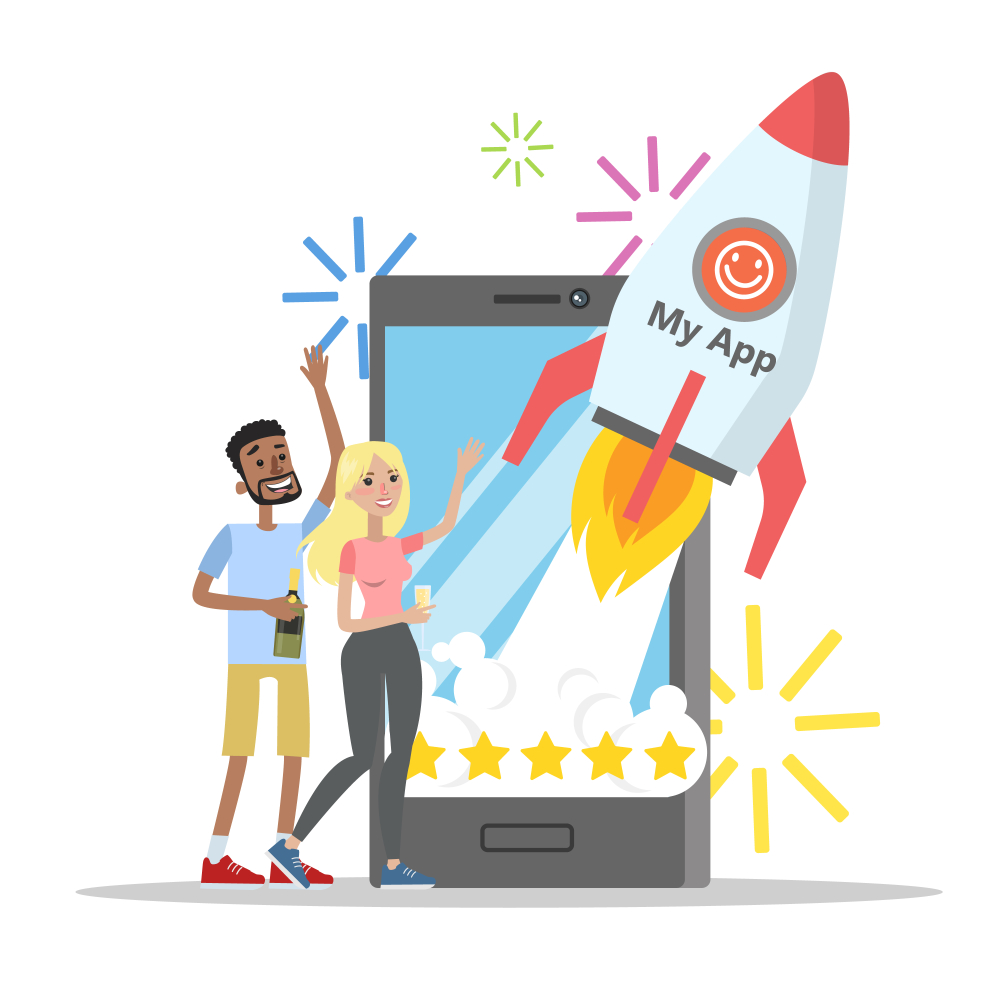From Zero to 1,000: A Guide for New Developers on App User Acquisition
You’re staring at your app, proud of its features, yet the user count remains stuck at zero. Frustrating, isn’t it? The journey to your first 1,000 users might seem daunting, but it’s the springboard for growing your app’s community. In this guide, we’ll reveal straightforward strategies for app user acquisition, from identifying your ideal audience to optimizing your app store presence. Ready to attract app users and set your app on the path to success? Let’s get started.## Identifying Your Ideal Users

Before you can grow app users, you need to know who they are. This section will help you understand your target audience and create user personas to guide your app user acquisition efforts.
Understanding Your Target Audience
Knowing your target audience is crucial for effective app user acquisition. It’s about more than just demographics; it’s understanding their needs, behaviors, and pain points.
Start by analyzing your app’s purpose and features. Who would benefit most from what you offer? Consider factors like age, location, interests, and tech-savviness.
Look at your competitors’ users for insights. What attracts them to similar apps? This can help you identify potential gaps in the market that your app can fill.
Don’t forget to use analytics tools. They can provide valuable data on user behavior, helping you refine your understanding of who your ideal users really are.
Creating User Personas
User personas are fictional representations of your ideal users. They help you visualize and understand your target audience, making it easier to tailor your marketing strategies for apps.
Start by gathering data from surveys, interviews, and analytics. Look for common patterns in user behavior, goals, and challenges.
Create 3-5 distinct personas, each with a name, background, and specific needs. Include details like age, occupation, tech habits, and how they might use your app.
Use these personas to guide your decision-making. From feature development to marketing campaigns, always ask: “How would [Persona Name] respond to this?”
Remember, personas aren’t static. As you learn more about your users, update and refine your personas to keep them relevant and useful.
Effective Marketing Strategies for Apps

Now that you know who your ideal users are, it’s time to reach them. This section covers leveraging social media and running targeted campaigns to attract app users.
Leveraging Social Media Platforms
Social media is a powerful tool for app user acquisition. It’s where your potential users spend time, making it ideal for building awareness and engagement.
Choose platforms where your target audience is most active. Instagram and TikTok might be great for younger users, while LinkedIn could be better for professional apps.
Create content that showcases your app’s value. Share tips, behind-the-scenes glimpses, and user success stories. This helps build trust and interest in your app.
Engage with your followers regularly. Respond to comments, ask for feedback, and run polls. This interaction can turn followers into users and advocates for your app.
Don’t forget to use relevant hashtags and participate in trending conversations. This can increase your visibility and help you reach new potential users.
Running Targeted Marketing Campaigns
Targeted campaigns allow you to reach specific segments of your audience with tailored messages. This precision can significantly improve your app user acquisition efforts.
Start by setting clear goals for your campaign. Are you aiming for downloads, user engagement, or something else? This will guide your strategy and help measure success.
Use the data from your user personas to create targeted ads. Platforms like Facebook and Google Ads allow you to narrow down your audience based on demographics, interests, and behaviors.
Test different ad formats and messages. What works for one segment might not work for another. Always be ready to adjust based on performance data.
Don’t neglect retargeting. Users who’ve shown interest but haven’t downloaded your app are prime candidates for conversion. A well-timed reminder could be just what they need.
Optimizing Your App Store Presence

Your app store listing is often the first impression potential users have of your app. This section covers how to optimize it and encourage user engagement to grow app users.
Improving App Store Optimization
App Store Optimization (ASO) is crucial for attracting app users. It’s about making your app more visible and appealing in app store searches.
Start with your app’s title and description. Include relevant keywords that potential users might search for, but keep it natural and readable.
Choose eye-catching visuals. Your icon should stand out, and your screenshots should clearly show your app’s key features and benefits.
Encourage and respond to user reviews. Positive reviews can significantly boost your app’s credibility and search ranking.
Keep your app updated regularly. This shows active development and can improve your app’s ranking in search results.
Encouraging User Engagement
Engaged users are more likely to stick around and recommend your app, helping to build your app community.
Focus on creating a smooth onboarding experience. Guide new users through your app’s key features and benefits to help them see its value quickly.
Implement push notifications wisely. Use them to share useful information or remind users of key features, but don’t overdo it and risk annoying your users.
Consider adding social features that allow users to interact with each other. This can create a sense of community and increase user retention.
Regularly ask for feedback and act on it. This shows users that you value their input and are committed to improving their experience.
